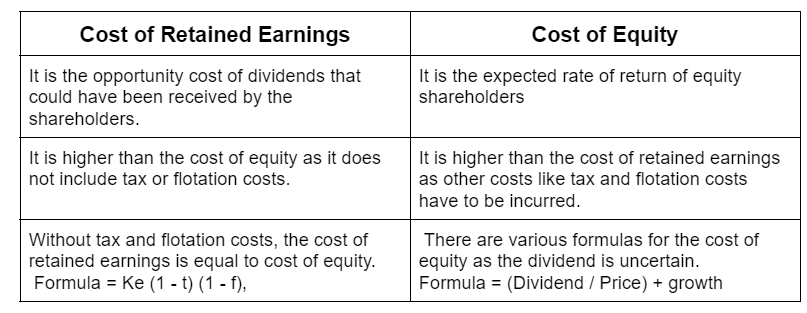International Financial Reporting Standards (IFRS) is a not-for-profit, public interest organization. The main objective of the IFRS Foundation is to raise the standard of financial reporting and bring about global harmonization of accounting standards. IFRS was established to develop high-quality,Read more
International Financial Reporting Standards (IFRS) is a not-for-profit, public interest organization. The main objective of the IFRS Foundation is to raise the standard of financial reporting and bring about global harmonization of accounting standards.
IFRS was established to develop high-quality, understandable, enforceable, and generally accepted accounting standards. International Accounting Standards Board (IASB) develops IFRS. There are currently 16 IFRSs in issue.
Benefits of IFRS Standards:
- It brings transparency by international comparability and quality of financial information.
- It strengthens accountability by reducing the information gap between providers and users of the capital.
- It contributes to economic efficiency by improving capital allocation and, helps investors in identifying opportunities and risks across the world.
Following are the uses of IFRS:
- As national requirements.
- As the basis for all or some national requirements.
- As an international benchmark for those countries which develop their own requirements.
- By regulatory authorities for domestic and foreign companies.
- By companies themselves.
Challenges faced by companies if IFRS is not implemented:
- The financial statements will differ for the companies who have offices worldwide and use only national accounting standards.
- Increased complexity while preparing financial statements.
- Difficulty in comparing and verifying financial statements.
- Accounting of transactions will differ from country to country if IFRS is not implemented.



One of the main purposes of accounting is to provide financial data to its users so that decisions are taken at an appropriate time. These users of accounting information are broadly classified into (a) internal users and (b) external users. Since the question concentrates on internal users I’ll beRead more
One of the main purposes of accounting is to provide financial data to its users so that decisions are taken at an appropriate time. These users of accounting information are broadly classified into (a) internal users and (b) external users. Since the question concentrates on internal users I’ll be explaining internal users of accounting information in detail.
Internal users are people within an organization/business who need accounting information to make day-to-day decisions.
The various internal users of accounting information include:
Owners are the people who contribute capital to the business and therefore they are interested to know the profit earned or loss incurred by the business as well as the safety of their capital. In the case of a Sole Proprietorship, the proprietor is the owner of the business. In the case of a Partnership, the partners are considered as the owners of the firm.
The use for them: To know how the business is doing financially, owners need to know the profit and loss reflected in the financial statements.
Management is responsible for setting objectives, formulating plans, taking informed decisions, and ensuring that pre-planned objectives are met within the stipulated time period.
The use for them: To achieve objectives, management needs accounting information to make decisions related to determining the selling price, budgeting, cost control and reduction, investing in new projects, trend analysis, forecasting, etc.
Employees and workers are the ones who implement the plans set by the management. Their well-being is dependent on the profitability of the business.
The use for them: They are interested to check the financial statements so that they can get a better knowledge of the business. Some organizations also give their employees a share in their profits in the form of a bonus at the year-end. This also creates an interest in the employees to check the financial statements.
See less